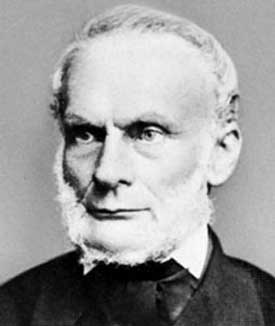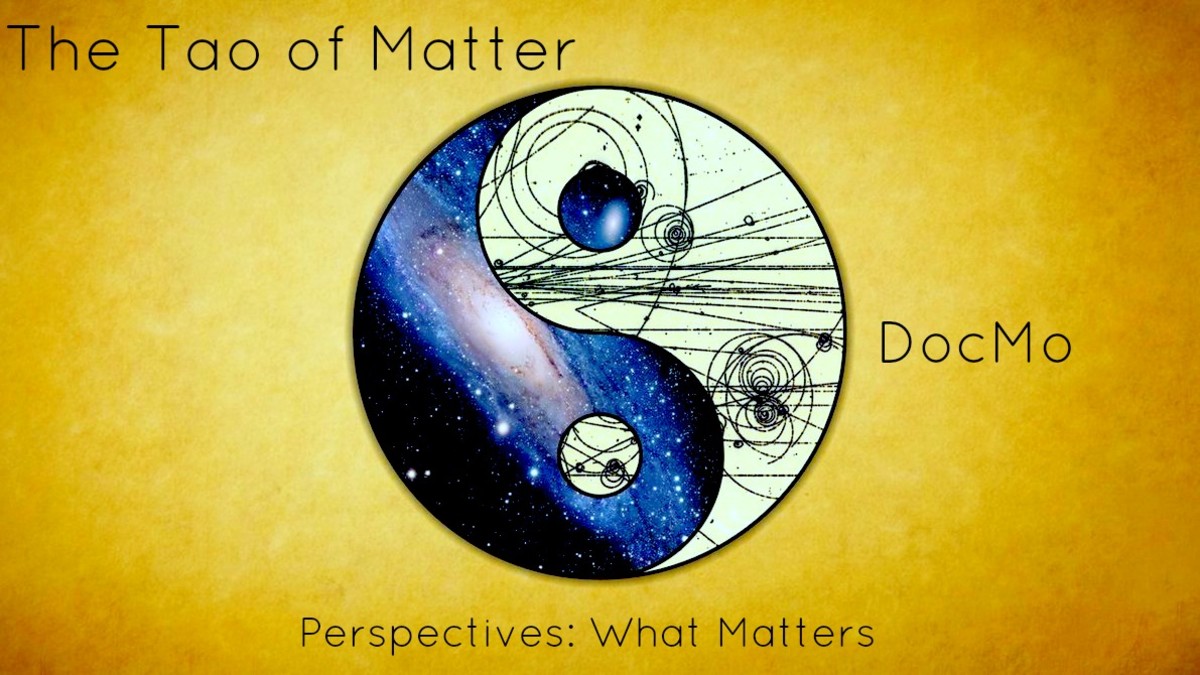An Introduction to Entropy: Understanding The Basics
Introduction
Next time you make a nice hot cup of tea, only to forget about it and have it go cold, take a second to think about entropy. Entropy is essentially a measure of disorder. When your tea is hot the energy of the molecules inside are at their most organised, allowing them to do the most work. This is a low entropy state. Then, while you are watching Jeremy Kyle, the heat energy from your tea flows to the colder objects (i.e. table) and atmosphere around it. This ever so slightly increases the temperature of the room and causes the energy of your molecules to no longer be as organised. Then when your tea is stone cold, and you are slapping yourself in the forehead, the molecules have no more energy to give. This is a high entropy state. You will have just witnessed entropy increasing. At this point your tea is also in equilibrium with its surroundings.
To study this concept more closely we must first define what kind of system your tea was in. There are (as far as regarding entropy) 2 systems. An open system and a closed system. An open system is one in which energy can flow in and out. A closed system is one in which no energy can go in or out. Your tea in your living room was a closed system as no new source of energy was introduced. However if your living room was an open system and allowed for a source of heat energy that would reheat your tea, such as popping it in the microwave for a second, (and return it to its original organised state). Your tea would again cool down and disperse its energy into the room, and once again you would have a high entropy state. This basic concept leads us on to the laws of thermodynamics.

The Zeroth Law
This law of thermodynamics states that if two thermodynamics systems are in equilibrium with a third state, then they are also in equilibrium with each other. Put simply if X=Z and Y=Z then X=Y.
The First Law
This law states that the total amount of energy in an isolated system is conserved. Meaning that energy cannot be created from nothing or destroyed, it simply changes form. An increase in energy of a system is the same as the energy given to a system in the form of heat. For example, if you knock your mug of tea off the table and it falls on the floor. The mug has kinetic energy while it is falling, when it lands the energy doesn’t just disappear. It is converted to sound energy, which is why it makes a noise, and the collision with the floor produces heat energy too. This heat energy is small enough that you won’t necessarily feel the difference with your hand, but it does happen.
The Second Law
This law states that the entropy of the universe tends to a maximum. Meaning that in the end entropy can only ever stay the same or go up. So let’s go back to the cold mug of tea. If we popped it in the microwave to warm it back up then we have decreased its entropy, so doesn’t this violate the second law? Well no, because once you set it back on the table it will instantly start to cool down again and your entropy will increase just as before. Heat always flows from hot to cold until the temperature of the system is equal AKA they are in equilibrium. Another example is a sand castle on the beach. You can build the biggest sand castle in the world and it will eventually crumble away into the sea. Even if you spend your whole life coming back and trying to rebuild it, it will still see an entropy increase as it falls apart.
The Third Law
This law states that as the temperature of a system tends towards absolute zero (0K or -273.15°C) then the value of entropy approaches a minimum. Meaning that in an ideal situation the entropy of a system would be 0 at 0K.
Important Maths
It is important to note that the change in entropy of a system can be defined as energy ‘transferred’ at a constant temperature. Written mathematically as:
ΔS = Q/T
Where ΔS is the entropy change measured in Joules per Kelvin (JK-1), Q is energy measured in Joules(J), and T is temperature measured in Kelvin(K)
From the definition of the second law of thermodynamics it can also be stated that the change in internal energy of a system (U), is equal to the energy supplied to the system (Q) minus the work done by the system (W) (all measured in Joules):
dU = δQ - δW
We can substitute our first equation into the one above, and also remembering that δW = PdV we can write that:
dU = TdS - PdV
Where P is pressure measured in Pascals (Pa) and V is volume measured in metres cubed (m3)
It is important to note that Q is often written Qrev. This is because the process is often assumed to be reversible, or an equivalent reversible quasistatic process is assumed. Quasistatic is just defined as a process that happens over an infinitely long period of time.
What do you think?
Next time your forget your tea, or don't eat your dinner quick enough will you think of the entropy involved?
Conclusion
This concludes the introduction to entropy. I hope that you have an increased understanding of the concepts mentioned. If you would like more information, there are two books below which come highly recommended, the second of which can be downloaded as an audio-book if you find yourself too busy to sit and read.
© 2015 VerityPrice








